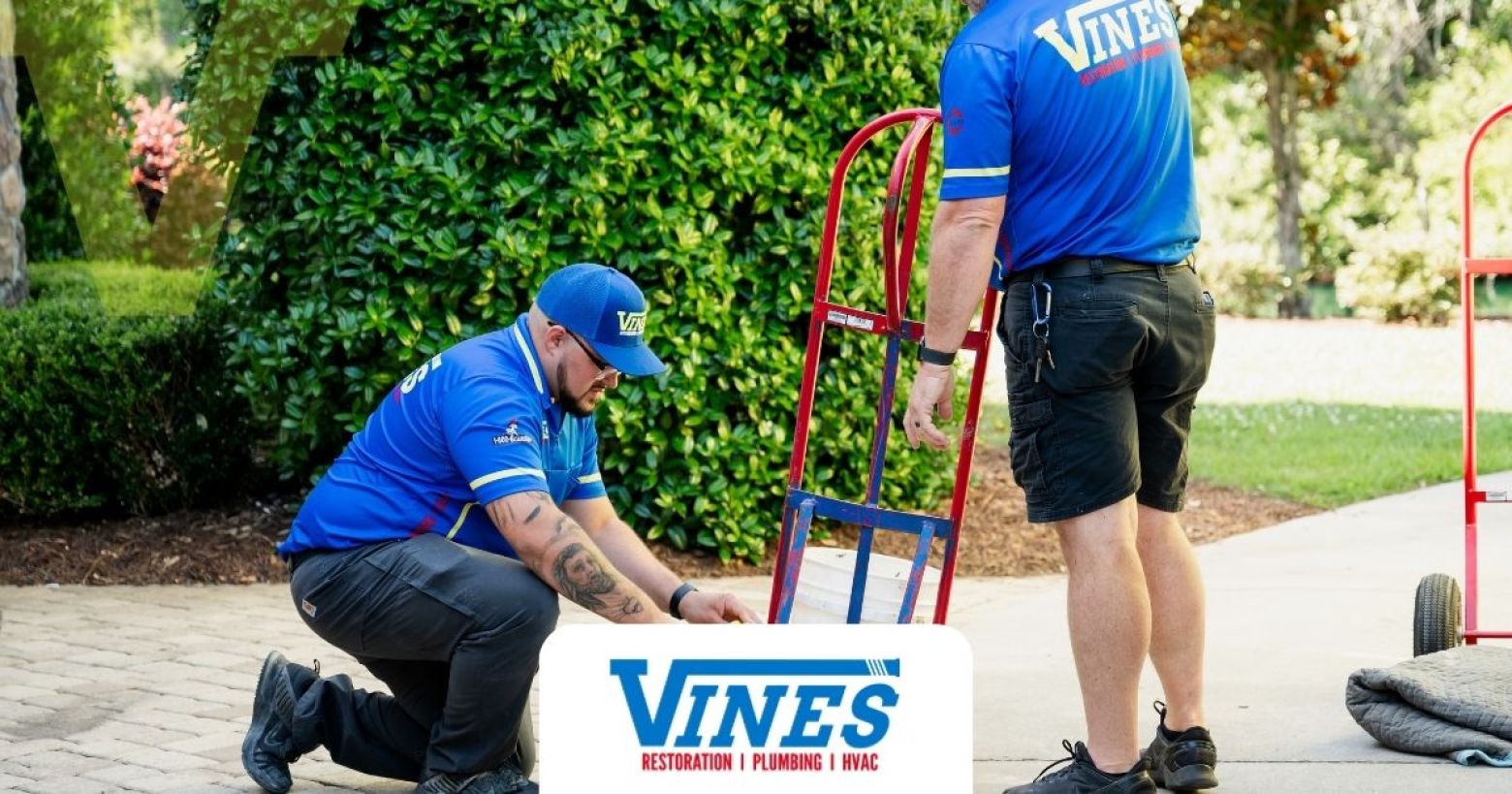Exploring Renewable Energy in HVAC: Geothermal Heating and Cooling
Are you looking for ways to lower your energy bills while also being mindful of the environment? If so, then you should explore renewable energy sources such as geothermal Heating and Cooling (HVAC) systems. Geothermal HVAC is fast becoming a popular choice among eco-minded homeowners who wish to reduce their ecological footprints while saving money on energy costs at the same time. In this blog post, we will be exploring how these systems work, their various benefits, and what installing one in your home may cost. Read on to learn more about why geothermal heating and cooling is an effective solution to your environmental concerns!
Overview of HVAC and Renewable Energy
HVAC, or heating, ventilation, and air conditioning, systems can consume a significant amount of energy in a building. However, renewable energy technologies can help offset this energy usage. By integrating renewables such as solar or geothermal energy systems, HVAC systems can operate more efficiently and cost-effectively. For example, a building with a geothermal HVAC system can use the earth’s natural heat to regulate temperature, reducing the need for other energy sources. As more and more buildings look to reduce their carbon footprint, the use of renewable energy in HVAC systems is becoming increasingly popular.
Benefits of Geothermal Heating and Cooling Systems
Geothermal heating and cooling systems have been gaining popularity in recent years for their numerous benefits. Unlike traditional HVAC systems in Conway, geothermal systems use the constant temperature of the earth to regulate indoor temperatures, making them highly efficient and cost-effective. They require minimal maintenance and have a lifespan of up to 50 years, making them a great investment for homeowners looking to save money and reduce their carbon footprint. Geothermal systems also improve indoor air quality by filtering out pollutants and allergens, making them ideal for those with respiratory issues. With all of these benefits, it’s no wonder that geothermal systems are becoming the go-to choice for environmentally conscious homeowners.
Factors to Consider Before Investing in a Geothermal System
Investing in a geothermal system can be a smart decision for homeowners who want a more sustainable and cost-effective way to heat and cool their homes. However, it’s important to consider a few factors before making the investment. One thing to think about is the size of your property. Geothermal systems can be pricey, so it’s important to make sure your property is large enough to make the investment worthwhile. You’ll also want to think about the climate in your area and whether a geothermal system will be effective in that environment. Lastly, you’ll want to consider the cost savings over time and whether they make up for the initial investment. By weighing these factors before making a decision, homeowners can ensure they’re making a smart and worthwhile investment for their home.
How Does a Geothermal Heat Pump Work Exactly
If you’re wondering how a geothermal heat pump works, you’re not alone. It’s a fascinating piece of technology that uses the Earth’s natural energy to heat and cool your home. The process involves a series of underground pipes, called a loop, that are filled with a water mixture. This loop is connected to a heat pump, which is located inside your home. The heat pump circulates the water mixture through the loop and extracts the warmth from the Earth to heat your home. In the summer, the process is reversed, and the heat pump extracts heat from your home and moves it back into the ground. It’s an efficient, eco-friendly way to maintain a comfortable temperature in your home year-round.
Cost-Saving Tips for Setting Up a Geothermal System
A geothermal system is a wise investment for any homeowner. Not only is it environmentally friendly, but it can also save you money in the long run. However, setting up this type of system can come at a significant cost. Fortunately, there are some cost-saving tips you can follow to make the installation process more affordable. For example, doing some of the prep work yourself, such as digging the trench for the heat exchanger, can save you a substantial amount of money. Additionally, seeking out rebates and tax credits can further reduce the cost of your geothermal system. With these cost-saving tips, you can enjoy the benefits of a geothermal system without breaking the bank.
Installing a geothermal heat pump is a great opportunity to reduce energy consumption and monthly bills. By looking at factors like the size of your home, the climate you live in, and current utility rates, you can determine if installing a geothermal system makes good financial sense. The overall cost of operation is comparatively low due to its efficiency and long-term performance of the system. While initial installation costs may be high, you will get your money’s worth over time. With proper maintenance and careful selection of features including water temperature control, loop size, and type of ground loop field, you can ensure optimal functioning of your system for years to come. If you are interested in switching to renewable energy sources or just want to save on energy costs without sacrificing comfort levels, then installing a geothermal system could be a great choice for your home.

Vines
Contact Us
Please fill out the form below to request an estimate or schedule service.
Contact Form
"*" indicates required fields









